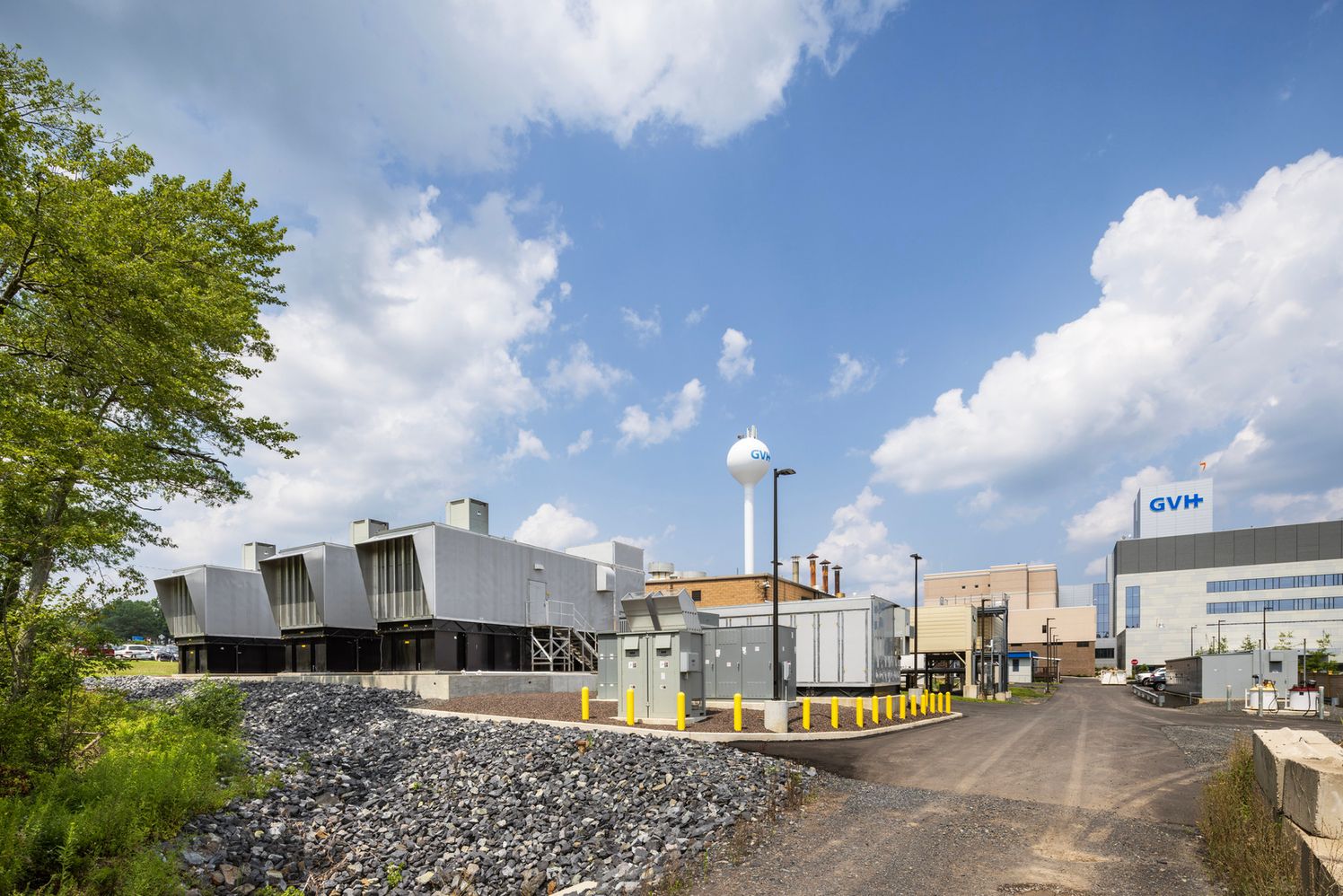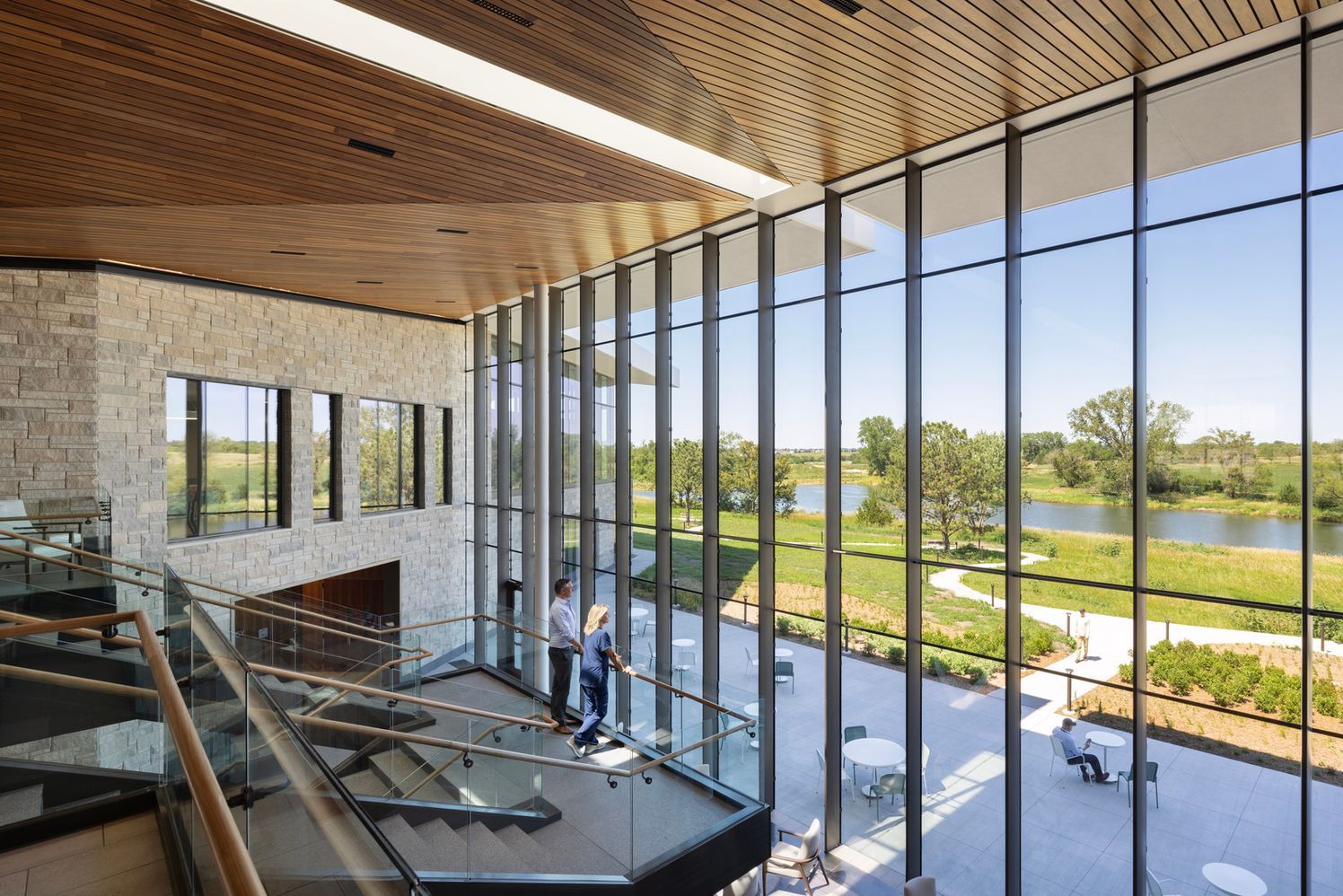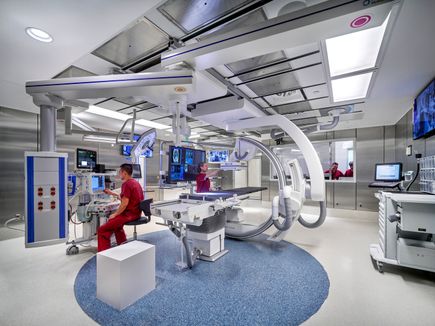Future-Proofing Healthcare Infrastructure Part II
Share

Balancing Decarbonization, Resilience and Cost in an Uncertain Era
As climate change accelerates and inflation drives construction costs, healthcare institutions are at a crossroads. Their facilities must be resilient to extreme weather and deliver uninterrupted care, even as these organizations face mounting pressure to decarbonize. The result is a high-stakes balancing act, where every infrastructure decision must weigh environmental responsibility, operational reliability and financial feasibility.
Budgeting in the Age of Inflation
As inflation spikes costs, healthcare leaders are reevaluating how they define value. One solution lies in right-sizing systems — not overbuilding capacity but aligning infrastructure with actual load demands. For hospitals with sprawling campuses, this means designing infrastructure tailored to local conditions: larger systems for high-demand buildings and leaner strategies for outliers.
Because excavation is by far the largest expense incurred when installing underground infrastructure, it makes fiscal sense to install pipes that will last a long time and require less maintenance, even if they cost more at the outset. Traditional steel piping, for example, is being replaced in some projects with alternative materials like HDPE piping, which offers durability at a lower lifetime cost. When viewed through the lens of lifecycle analysis, many “expensive” systems deliver long-term savings through reduced maintenance, greater efficiency and extended service life. In this environment, thoughtful financial planning and clear ROI become critical — especially when leaders hesitate to move forward without tangible proof of long-term value.
Confronting Resistance with Evidence
Even when strategies are sound, execution can stall when leaders balk at the price tag. It’s a common scenario: hospital boards commit to carbon reduction, but enthusiasm understandably wanes when capital requests emerge. This is where evidence-based modeling becomes essential. By demonstrating the long-term cost of doing nothing — lost efficiency, escalating maintenance, vulnerability to outages — facilities teams can make a compelling case for investment. When data shows that the status quo costs more than the solution, hesitation often turns into action.
Economic models also help balance institutional priorities: carbon reduction, cost control and public perception. In liberal markets, decarbonization is often a reputational asset. The pitch may be about resilience and long-term cost savings in conservative ones. Either way, the tools are the same: clear goals, sound data and a phased implementation strategy. Yet, despite these challenges, the consequences of inaction are becoming harder to ignore, forcing institutions to confront the vulnerabilities hidden within their aging systems

By aligning their infrastructure investments with data-driven strategies and future-focused planning, hospitals can protect their patients, preserve their budgets and position themselves as leaders in the fight for a healthier planet.
A Moment of Reckoning
In healthcare, deferred maintenance has created a hidden fragility. Leaders are discovering that their facilities are one storm or utility outage away from crisis. When centralized IT systems go down during a blackout or water infrastructure fails in a heatwave, the need for a resilient, future-proofed campus becomes undeniable.
Hospitals recognize that doing nothing is not neutral — it’s a liability. The status quo is unsustainable, from skyrocketing utility costs to aging infrastructure and climate-related disasters. The cost of inaction will only rise. The path forward isn’t easy, but it is clear. To help healthcare leaders move forward confidently, several key principles have emerged from successful infrastructure projects that balance cost, carbon, and continuity.
Five Key Takeaways for Healthcare Decision-Makers
- Define Clear Goals: Without them, sustainability efforts become fragmented. Set priorities early and tailor strategies to what matters most—cost, carbon, or continuity of care.
- Leverage Predictive Analysis: Use modeling tools to anticipate energy needs, understand system interactions, and uncover hidden opportunities for efficiency and savings.
- Prioritize Resiliency: Redundant systems, diversified infrastructure and water reuse strategies are essential for hospitals facing climate uncertainty.
- Think Long-Term: Initial costs are only part of the picture. Evaluate decisions based on total lifecycle value — because operational budgets often dwarf capital ones.
- Make Sustainability Strategic: Green infrastructure can boost your brand, inspire staff, and meet public expectations. In an era of transparency, sustainability is more than a value — it’s a visible commitment.
Resilience is the New Standard
Healthcare institutions are no longer asking if they should decarbonize or become more resilient — they’re asking how. The urgency is real, but so are the opportunities. By aligning their infrastructure investments with data-driven strategies and future-focused planning, hospitals can protect their patients, preserve their budgets, and position themselves as leaders in the fight for a healthier planet.
Healthcare Construction + Operations News publishes resources on innovative design and delivery methods, new technologies, and emerging trends for healthcare construction and operations. Read Part I of this series here.



